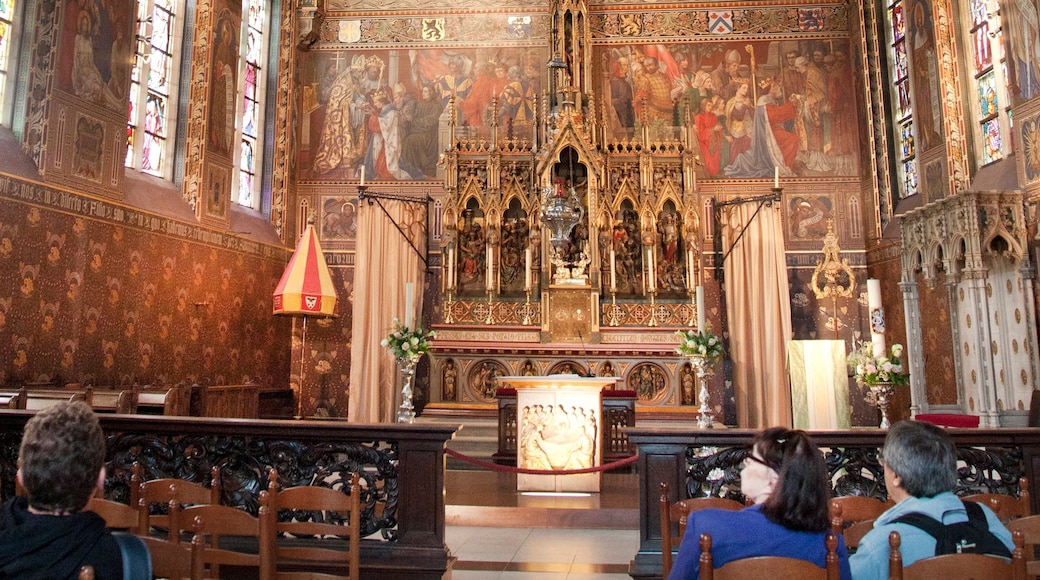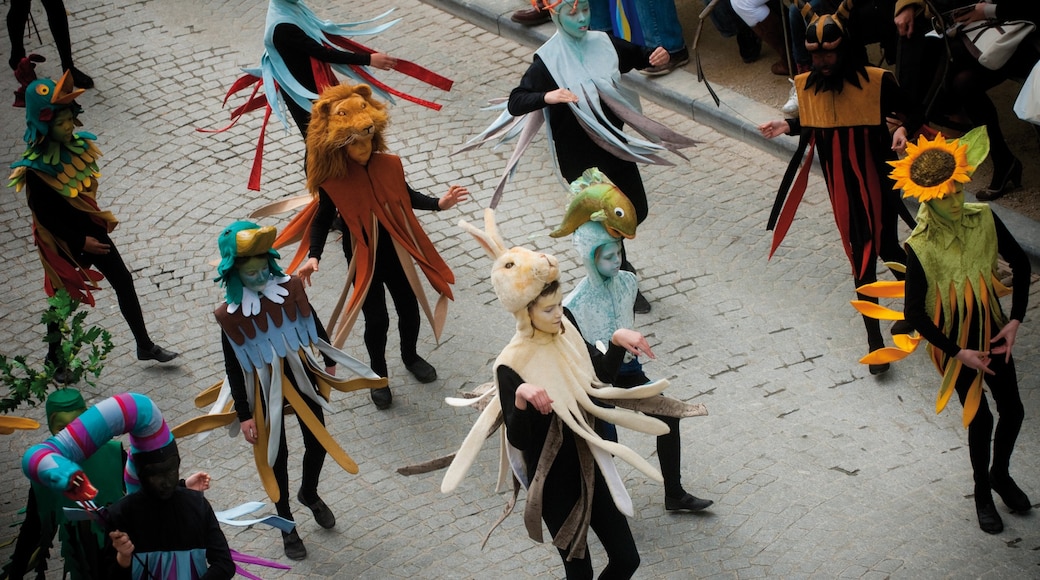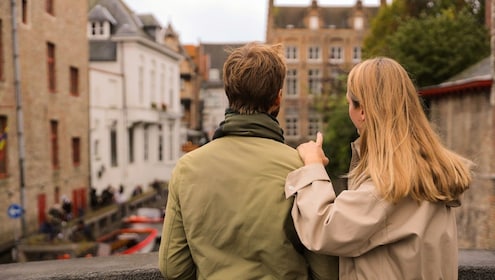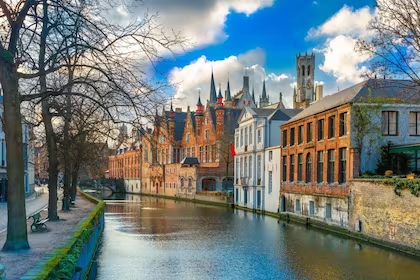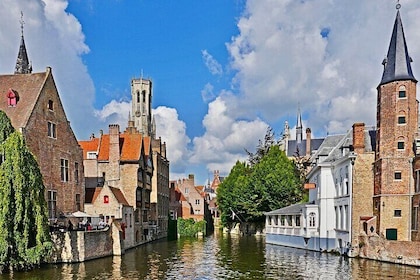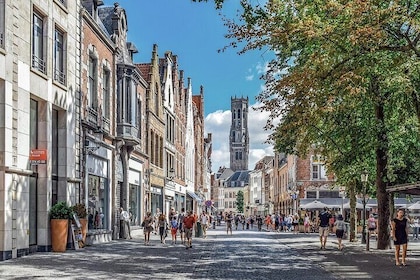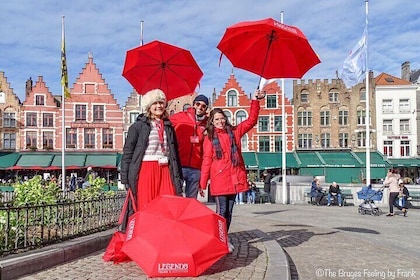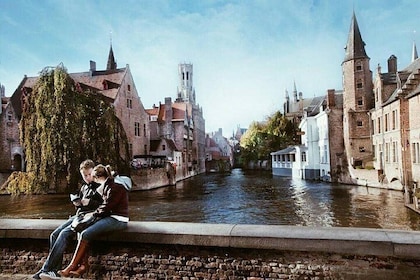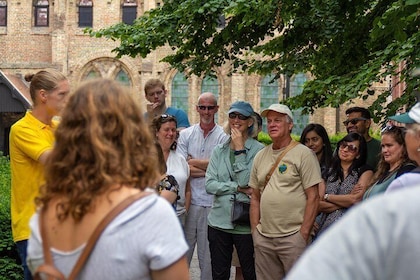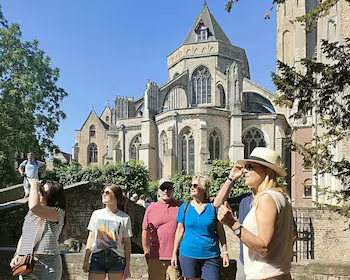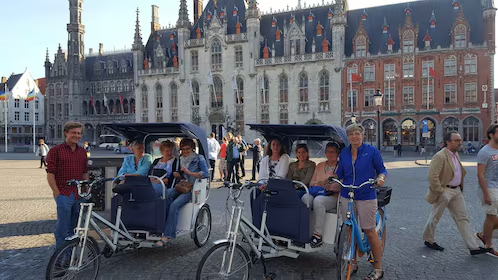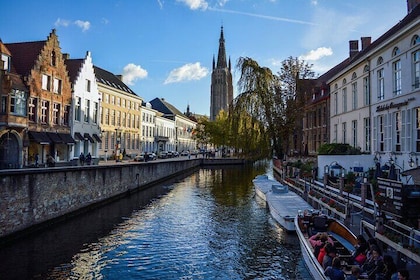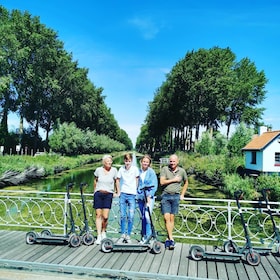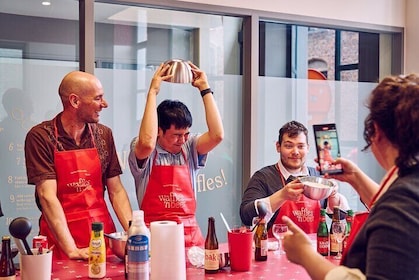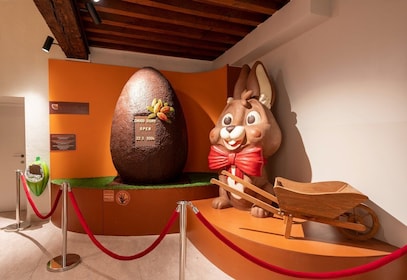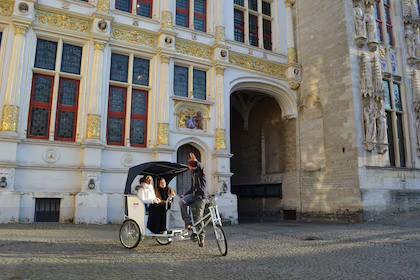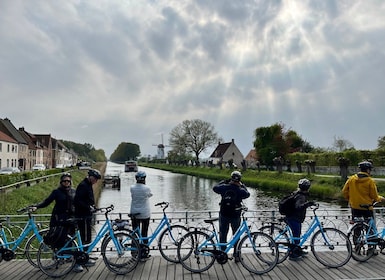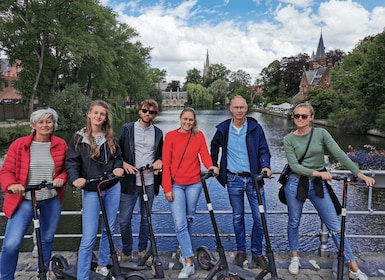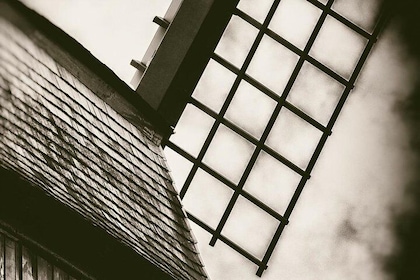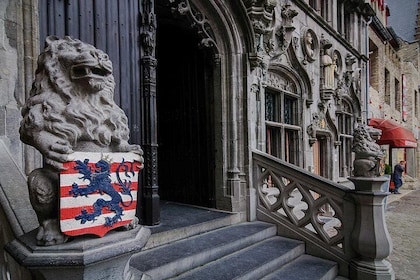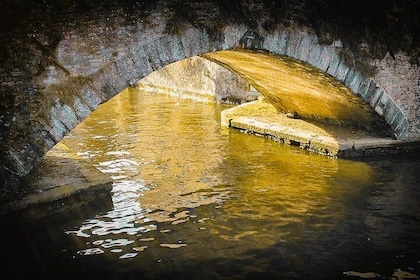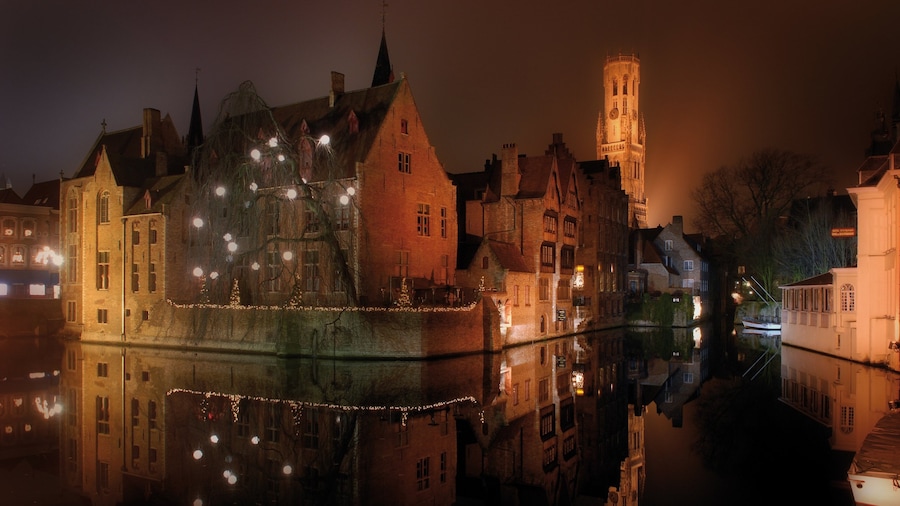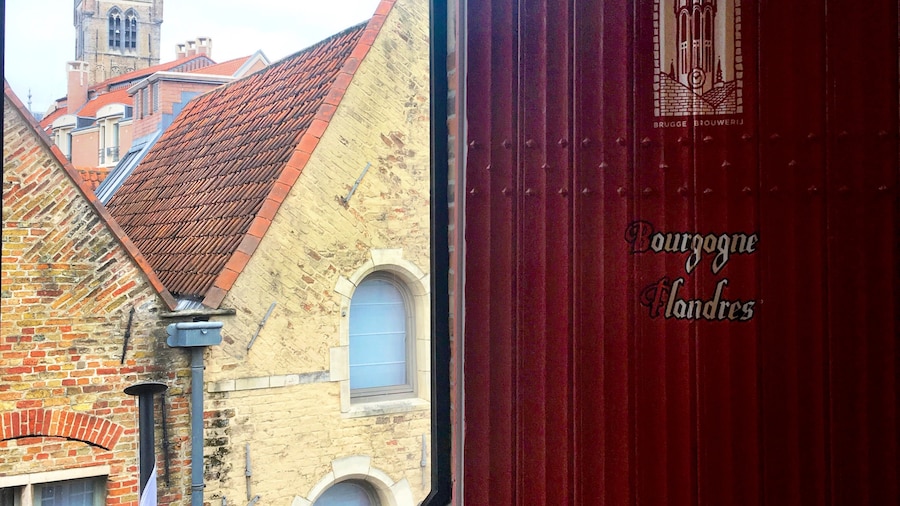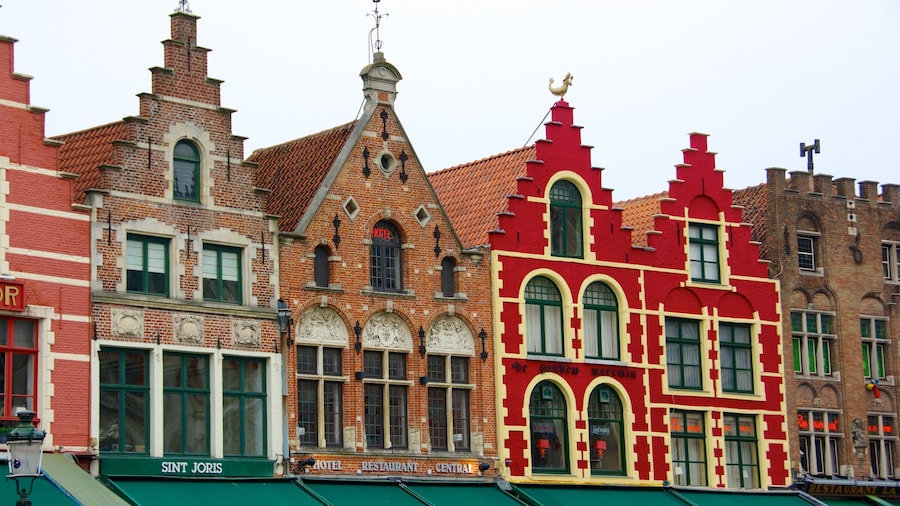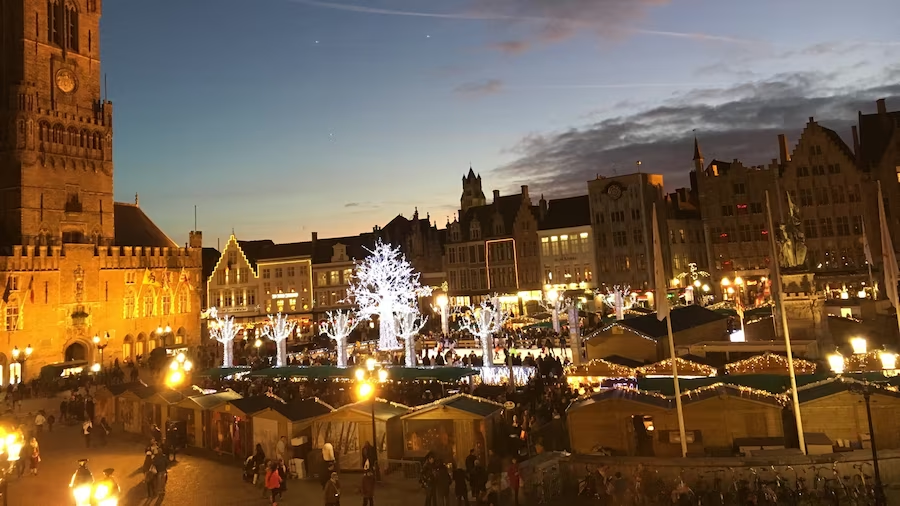The blood of Christ, preserved for over 2,000 years, is the focal point of this 12th-century church, drawing reverent pilgrims from all over the world.
Heilige Bloed Basiliek, the Basilica of the Holy Blood, is one of a handful of places around the world claiming to have blood-soaked garments or phials of blood preserved from the life and death of Jesus Christ. Participate in a Friday mass to see the relic displayed before or after the service.
Over 50,000 people from around the world make the pilgrimage to the basilica to observe the springtime Ascension Day celebration. The event includes a solemn procession with priests carrying the Relic of the Holy Blood in a jewel-encrusted golden shrine weighing more than 30 kilograms (65 pounds). Over 1,800 actors participate in the day’s events, including reenactment of the delivery of the relic to Bruges. In July every five years, players perform a Belgian passion play, Jeu du Saint Sang or Play of the Holy Blood.
Theories about the relic’s origin add to its mystery and reverance. One version says that Count Derrick of Flanders received the Relic of the Holy Blood after the second crusade in the mid-12th century from his brother-in-law, the King of Jerusalem. Derrick built a chapel in Bruges to preserve and display the relic, which was widely venerated by local and visiting Christians. Alternatively, the relic may have arrived in the mid-1200s after being taken from Constantinople.
Inside the basilica museum you’ll find many objects related to the relic. Look for the gold and bejewelled shrine, carved oak medallions depicting Christ’s life, paintings of 32 members of the Noble Brotherhood of the Holy Blood and a tapestry showing the relics moving from Africa to Sardinia.
Heilige Bloed Basiliek is very welcoming to tourists and worshippers. Attend the late morning mass held daily except winter Thursdays. If you are a priest or part of a choir group, make an advance request to participate in the service itself. The museum has a small fee. The basilica is at Burg square, 200 metres (600 feet) east of Grote Markt.
